- Innovativer Sensor spürt Moleküle gezielt und genau auf, KIT press, Sep 2021
https://www.kit.edu/kit/pi_2021_082.php - Neue Sensoren für Detektion von Molekülen, TU Darmstadt News, Sep 2021
https://www.tu-darmstadt.de/universitaet/aktuelles_330560.de.jsp - Erster quantenphotonischer Schaltkreis mit elektrischer Lichtquelle, KIT press, Sep 2016
https://www.kit.edu/kit/pi_2016_132.php - Nature Photonics: Lichtquelle für schnellere Chips, KIT press, Apr 2016
https://www.kit.edu/kit/pi_2016_059.php - Play of colors with graphene, KIT press, Jun 2012
https://www.kit.edu/visit/pi_2012_11185.php - Nanotechnologie: Eine molekulare Taschenlampe, KIT press Apr 2012
https://www.youtube.com/watch?v=ycSoeaY_lvk - Eine Taschenlampe aus wenigen Molekülen, FAZ, Jan 2011
https://www.faz.net/frankfurter-allgemeine-zeitung/natur-und-wissenschaft/1575267.html - CMOS-compatible assembly of semiconducting single-walled carbon nanotube devices, Nanowerk, Mar 2011
https://www.nanowerk.com/spotlight/spotid=20635.php - Eine molekulare Taschenlampe, KIT press, Nov 2010
https://www.kit.edu/kit/pi_2010_4291.php - Adding an optoelectronic component to molecular electronics, Nanowerk, Nov 2010
https://www.nanowerk.com/spotlight/spotid=19178.php - Characterizing the electronic properties of carbon nanotubes, Nanowerk, Jan 2009
https://www.nanowerk.com/spotlight/spotid=8797.php - Schalter der Zukunft: Elektroneninseln auf Nanotubes, Nanowerk, Nov 2008
https://www.nanowerk.com/news/newsid=8360.php - Carbon nanotubes to the rescue of Moore's law, Nanowerk, May 2007
https://www.nanowerk.com/spotlight/spotid=1934.php
Quantum Materials and Devices for Advanced Technologies
Low-dimensional materials and molecular nanostructures such as graphene and carbon nanotubes have fascinating properties and are of great interest to science and technology. We integrate these quantum materials into complex device structures, carry out state-of-the-art experiments and explore the potential for electronic, optoelectronic, photonic, and sensory applications. We are currently working on:
- Nanoscale light-emitting devices and detectors for integrated optoelectronics
- Single-photon emission from quantum defects for quantum information processing
- Interfacing quantum materials devices with metal-organic frameworks for ultra low-power gas sensing
- Assembling nanocarbon ordered layers and thin films for solar cells and optical applications
- Fabricating 2D van der Waal heterostructures, 1D hybrid materials, and scale-bridging devices (3D->0D)
- Tailoring charge-transport in low-dimensional materials devices for next-generation nanoelectronics
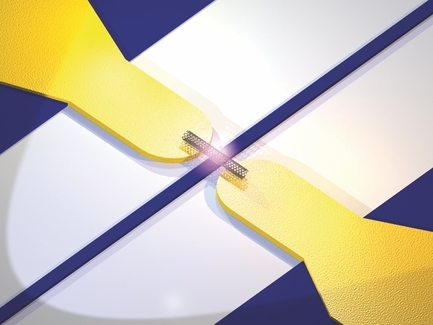


Our research is funded by the Helmholtz Program Science and Technology of Nanosystems (STN) and we are part of the subtopic Carbon Nanosystems. Major external funding is provided by the VolkswagenStiftung and the German Science Foundation.
*The research unit hosts the Emmy-Noether-Group of Dr. B. Flavel working on carbon nanotubes based solar cells and sensors.
Here are some milestones that we have reached over the last decade:
- Separation of metallic from semiconducting carbon nanotubes
- Parallel assembling of carbon nanotube into high-density devices arrays
- Light emission from single nanotube-molecule-nanotube junctions
- Narrow-band thermal light emission from cavity-controlled graphene transistor
- 153GHz semiconducting carbon nanotube transistor
- Waveguide-integrated carbon nanotube emitters
If you have questions regarding our research and job opportunities don't hesitate to send us an email!
NEWS

Farewell to Dr. Min-Ken Li, who successfully defended his PhD in 2024! Wishing you all the best in your future endeavors!
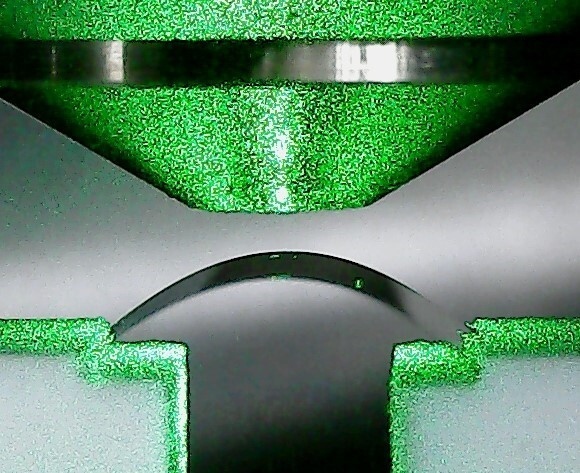
Piezoresistivity in thin films of nanocrystalline graphite is explored by utilising sheet resistance and Raman spectroscopy.
Beilstein J. Nanotechnol. 2024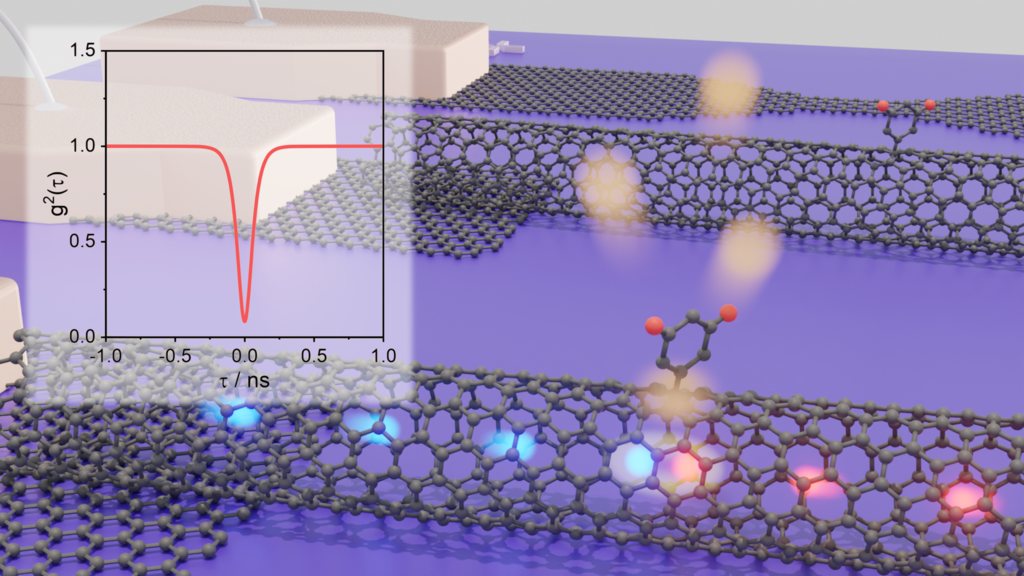
Photon antibunching from electrically-biased quantum defects in graphene-contacted single-walled carbon nanotubes at 77K.
ACS Nano 2024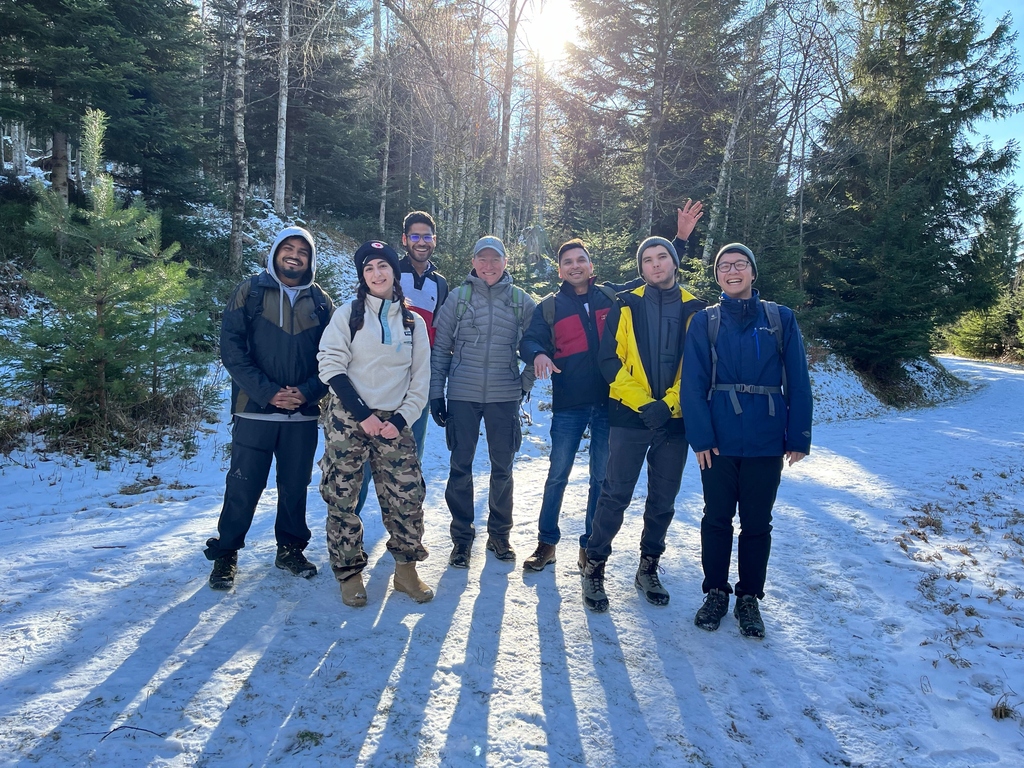
Group outing to the Teufelsmühle, in the snowy Northern Black Forest.

Nanocrystalline graphite in a suspended constriction configuration improves photodetection in the NIR-SWIR spectrum with enhanced photoresponse and detectivity.
Advanced Sensor Research 2023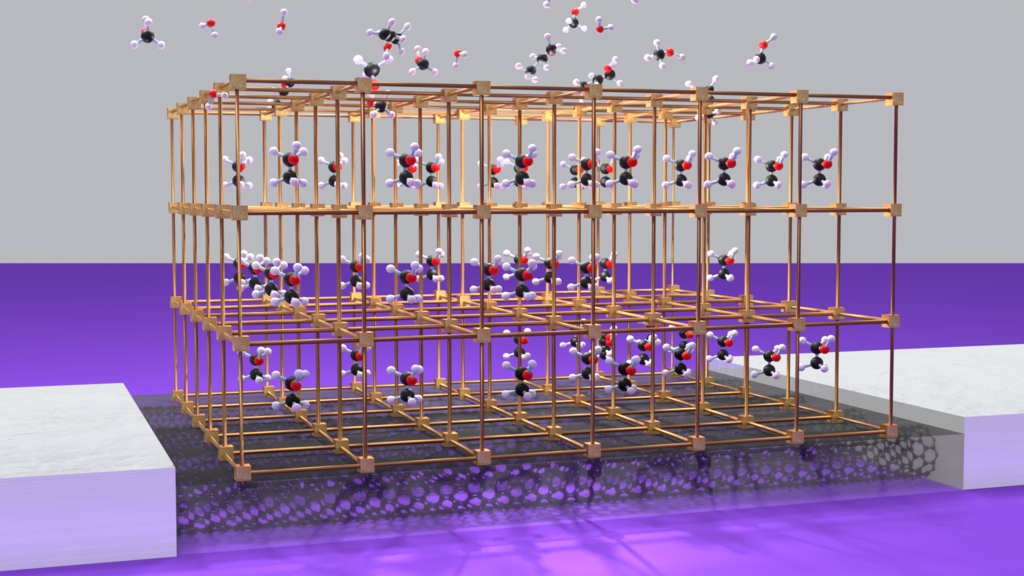
Detection of gas molecules at ppb concentrations is achieved using low power metal organic framework functionalised carbon nanotube transistors.
Advanced Electronic Materials 2023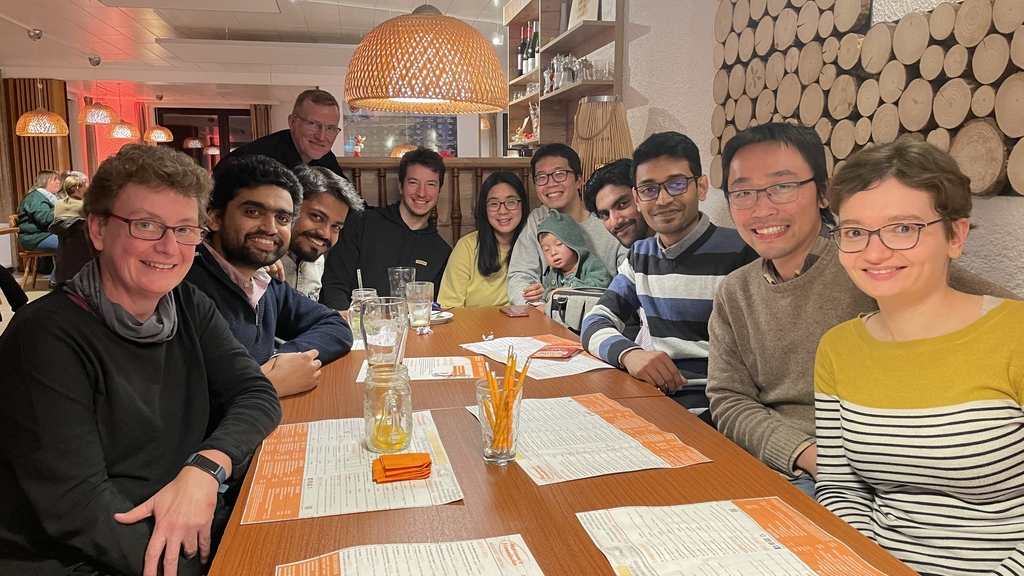
Congratulations to Dr. Naga Anirudh Peyyety who successfully completed his PhD in 2022. All the best for your future!

Electroluminescence spectroscopy from single-tube devices based on (7,5) carbon nanotubes, functionalized with dichlorobenzene molecules have been demonstrated.
ACS Nano 2022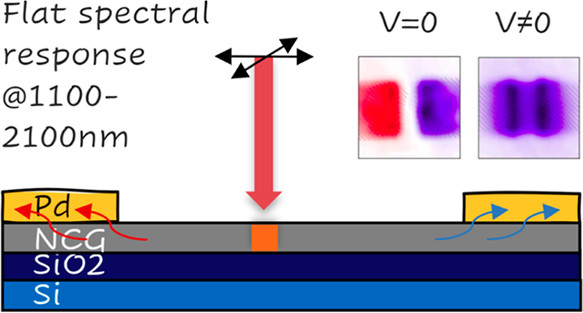
Photodetectors from nanocrystalline graphite (NCG) that are spectrally flat in the near-infrared to short-wavelength infrared region by tailoring the layer thicknesses were fabricated.
ACS Appl. Mater. Interfaces 2022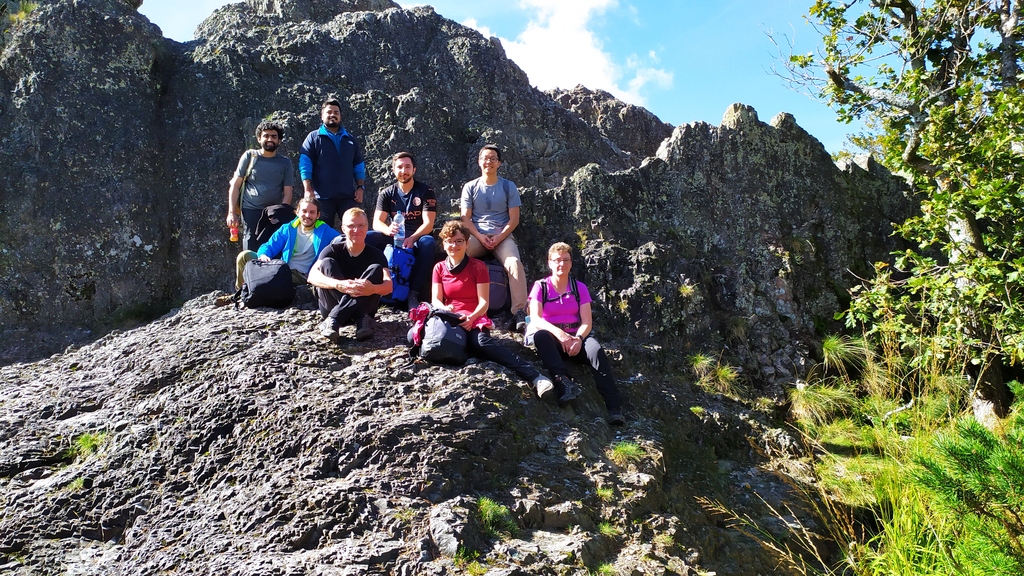
Group outing on a sunny day in Karlsruher Grat, Ottenhöfen in the Black Forest.
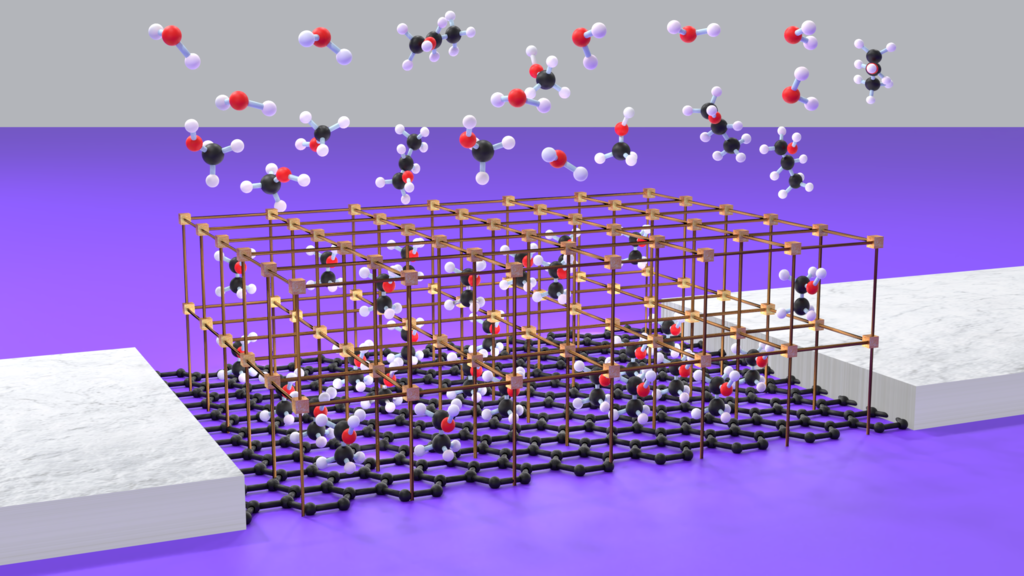
A novel concept of sensing molecules is introduced, which combines the sensitivity of a graphene field-effect transistor with the selectivity of a metal–organic framework.
Advanced Materials 2021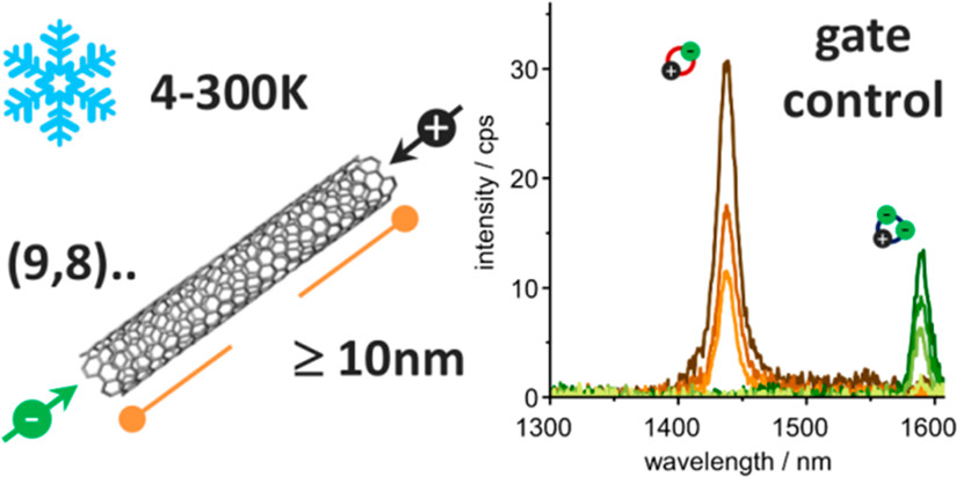
Low-temperature Electroluminescence spectroscopy of ultra-short-channel devices made from (9,8) carbon nanotubes emitting in the telecom band were repoted with line widths down to 2 meV at 4 K.
ACS Nano 2020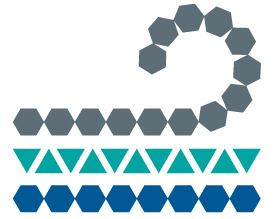
110 participants from 15 countries enjoyed an inspiring meeting in Bad Herrenalb / Black Forest.
[Graphene & Co - Annual Meeting 2019]
Congratulation to Sandeep Kumar who won the best poster award in NT 2019
[NT19 Würzburg/Germany]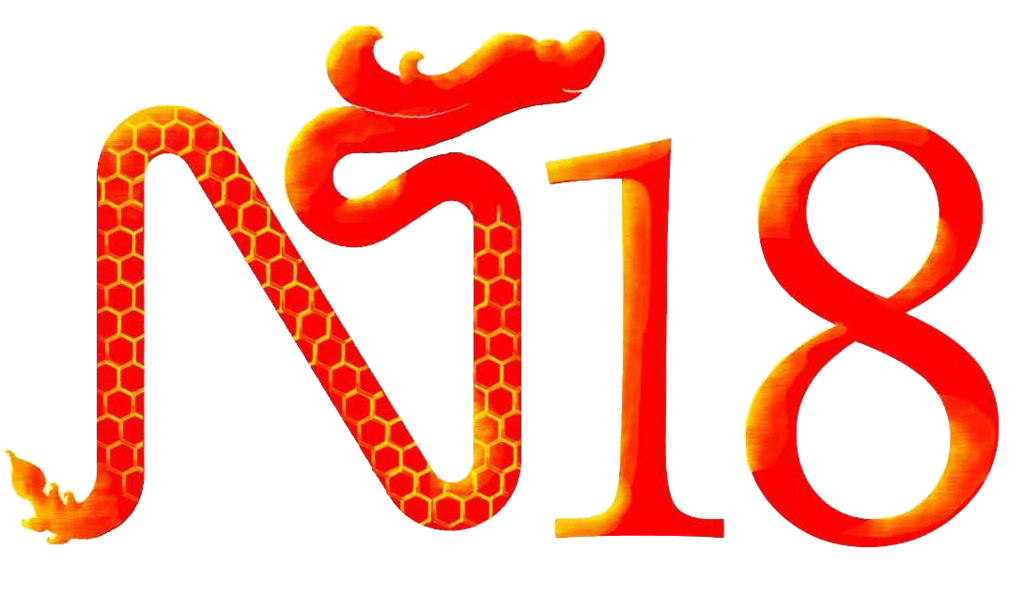
Congradulations to Felix Pyatkov who won a best poster award in NT 2018
[NT18 in Beijing/China]
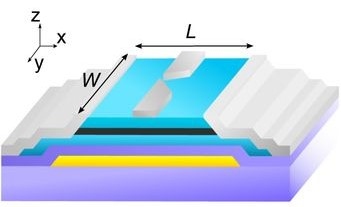
The effect of a quantum point contact confinement and an external magnetic field on the supercurrent has been demonstrated in a bilayer graphene heterostructure.
Nat. Commun. 9, 1722 (2018)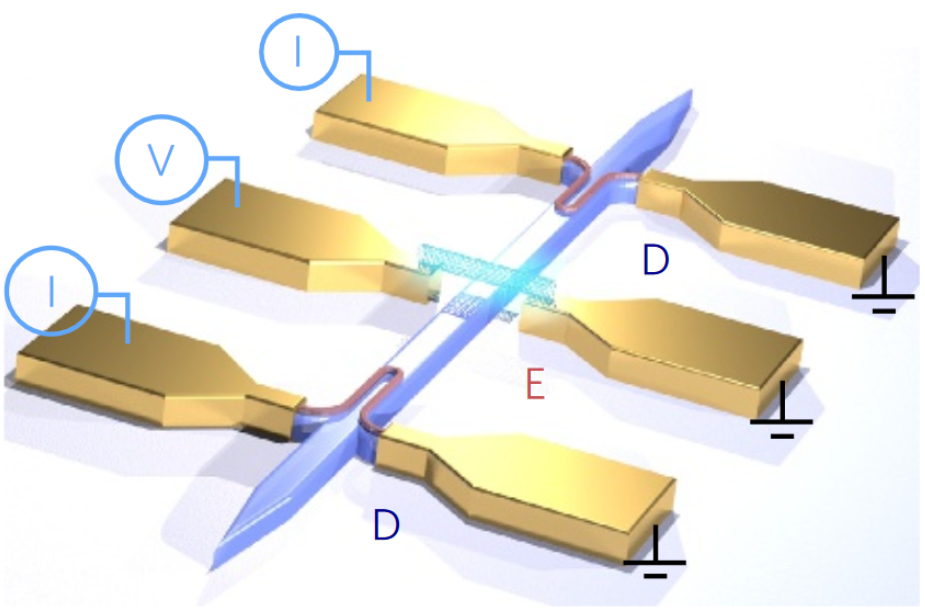
Optical waveguide integrated generation and detection of non-classical light with electrically driven carbon nanotubes.
Nature Photonics 10, 727–732 (2016)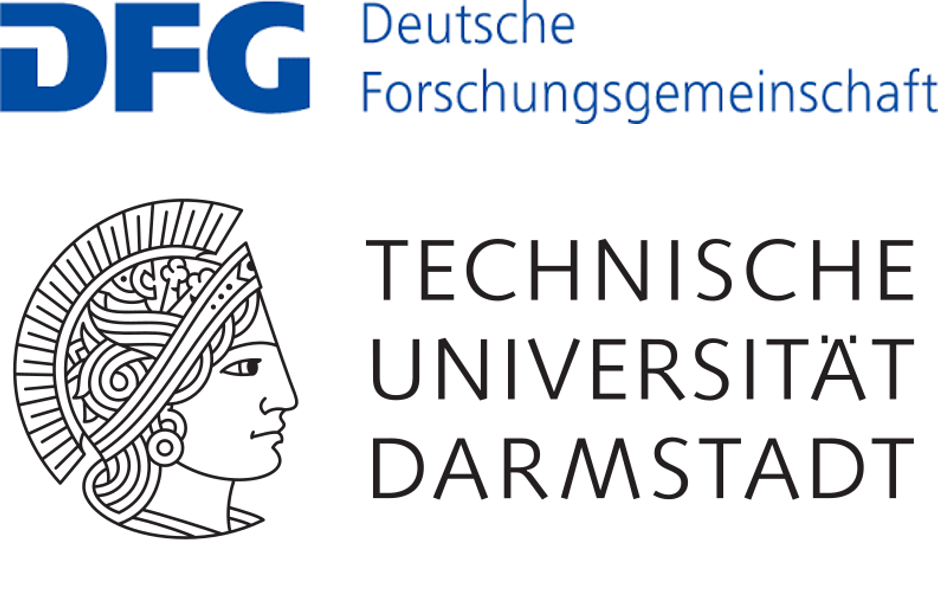
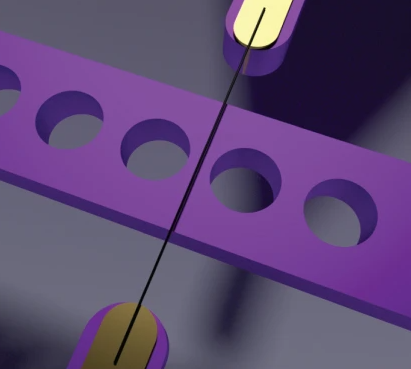
Electrically driven nanotubes can be forced to emit light with a specific color by integration into photonic crystal waveguide.
Nature Photonics 10, 420–427 (2016)
Best performing short-channel transistors have been built by using highly enriched semiconducting single-wall CNs prepared by combining polymer-wrapping with size-exclusion chromatography.
ACS Nano 10, 1888 (2016)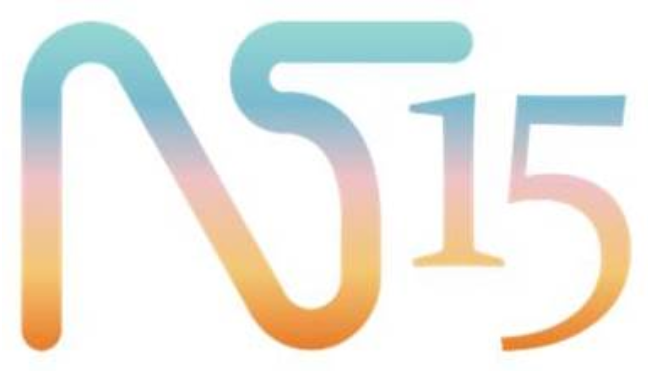
Congratulations to Daniel Tune / Ben Flavel and Ralph Krupke / Feliks Pyatkov who won two poster awards in NT 2015
[NT15 in Nagoya/Japan]
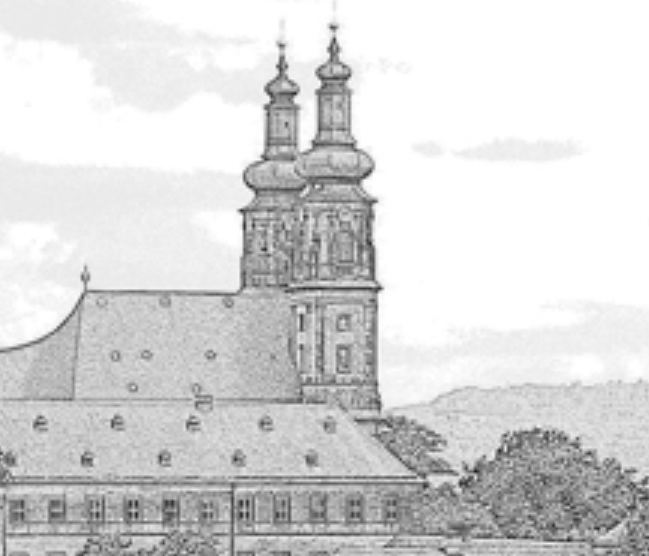
Congradulations to Felix Pyatkov who won a best poster award in WONTON 2015
[WONTON 2015]
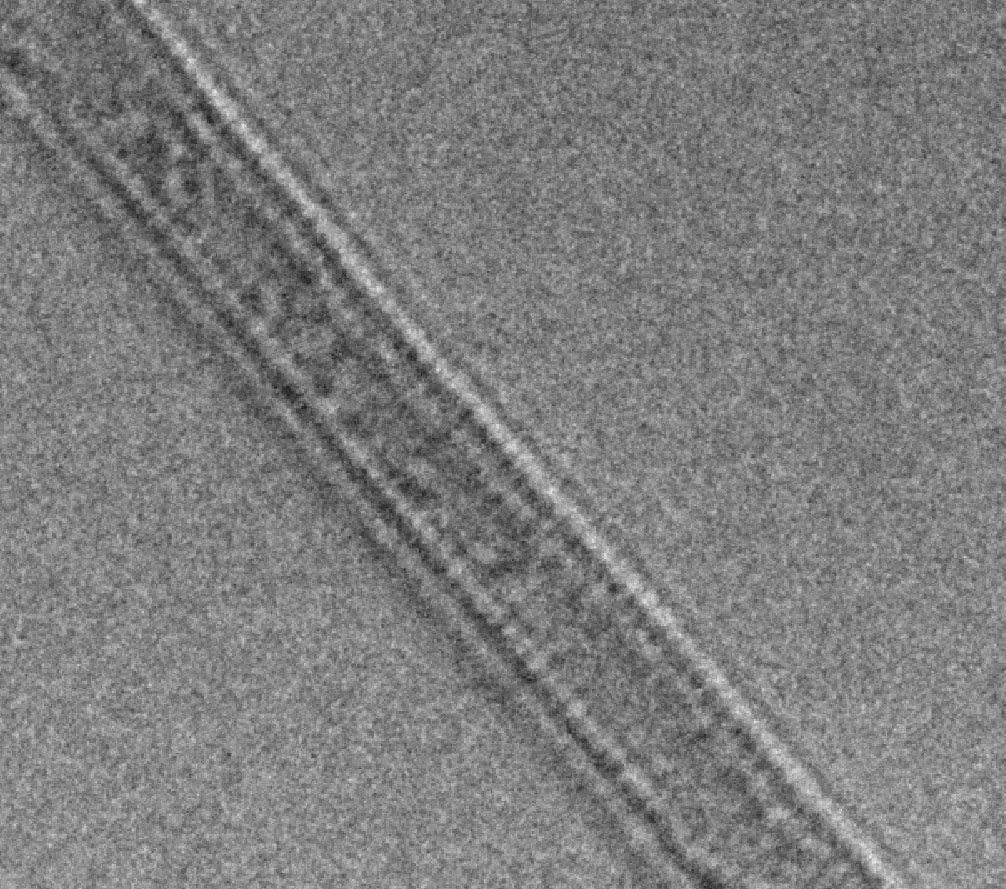
Our work on the electronic separation of DWCNTs was covered by Nanotechweb. Thanks again to Belle Dume for all of the great publicity.
Full Article Here
Building on our previous work we show that chromatography techniques can be used to prepare DWCNTs with either metallic or semiconducting outer walls.
ACS Nano, March 2015, DOI: 10.1021/nn506869h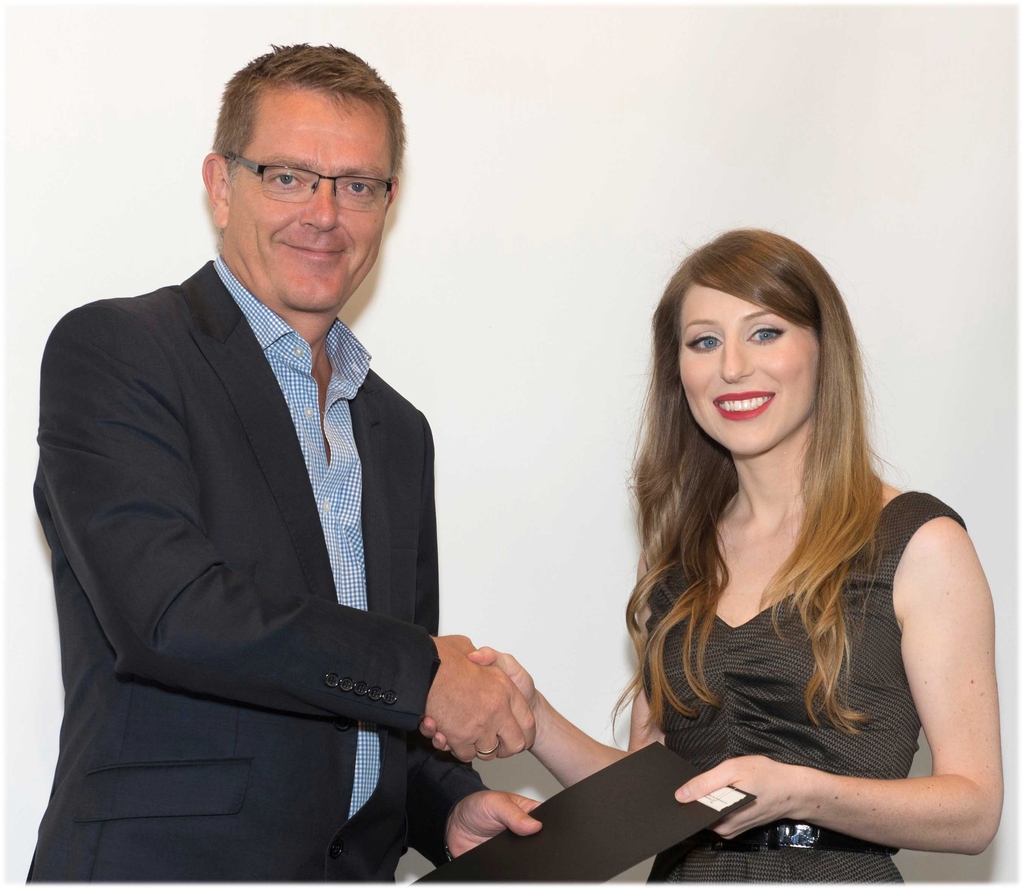
Congratulations to Dr. Moore who successfully completed her PhD in February 2015 and for being awarded the Flinders University's Best Paper Award for her work on DWCNTs
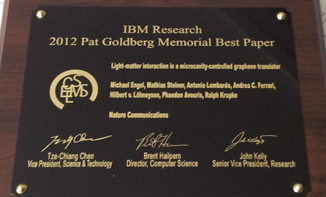
"Light-matter Interaction in a Microcavity-controlled Graphene Transistor," co-authored by Dr. Michael Engel, Prof. Hilbert v. Löhneysen and Prof. Ralph Krupke and researchers from Cambridge University and IBM, is one of five papers to win this year's Pat Goldberg Memorial Award for the best papers published in 2012.
KIT press release
Following on from our recent publication on photocurrent spectroscopy from SWCNTs we were once again privileged to have our work covered by the UK based nanotechnology website Nanotechweb.
Full Article Here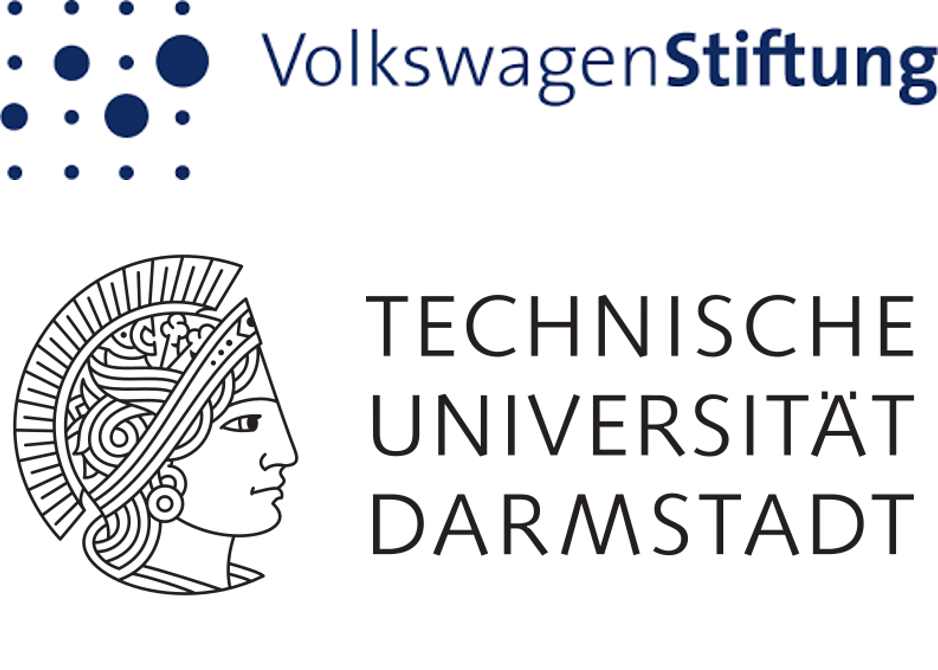
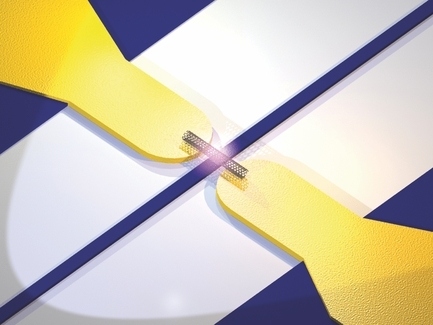
Waferscale, broadband sources are realized integrated with nanophotonic circuits allowing for propagation of light over centimeter distances.
Advanced Materials 26, 3465 (2014)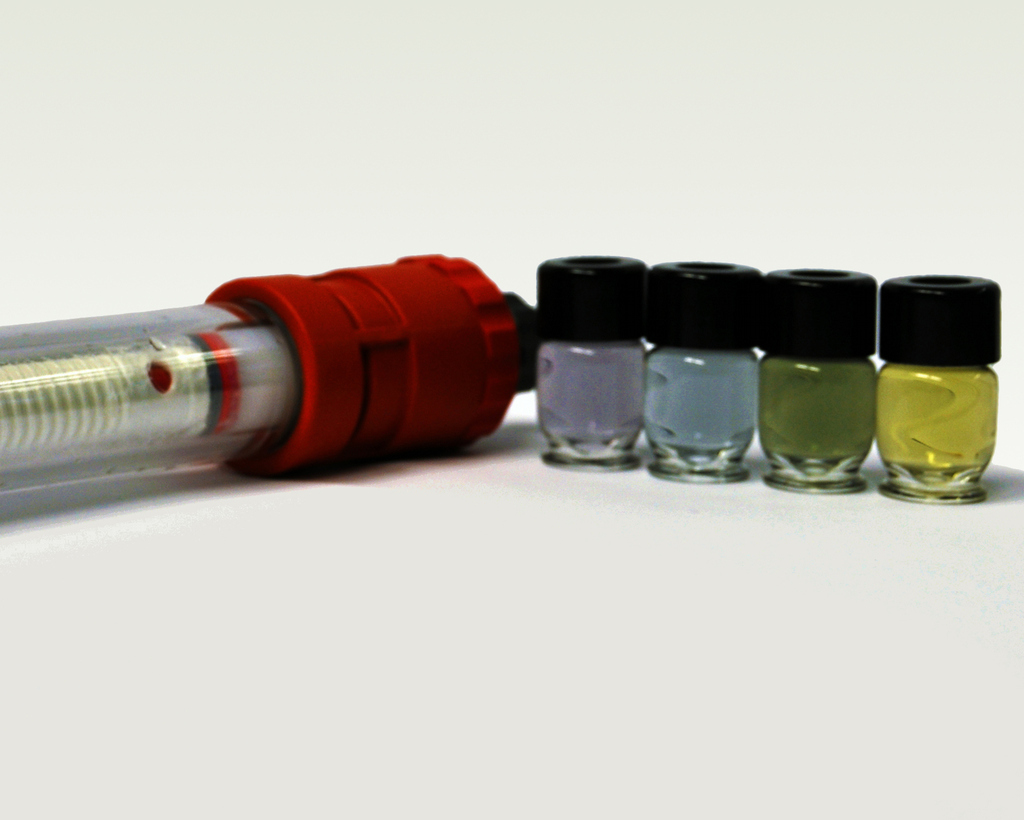
With the use of a Gel Permeation Chromatography system we demonstrate the simple, scalable and automated separation of (n,m) pure s-SWCNTs.
ACS Nano 8 (2014) 1817-1826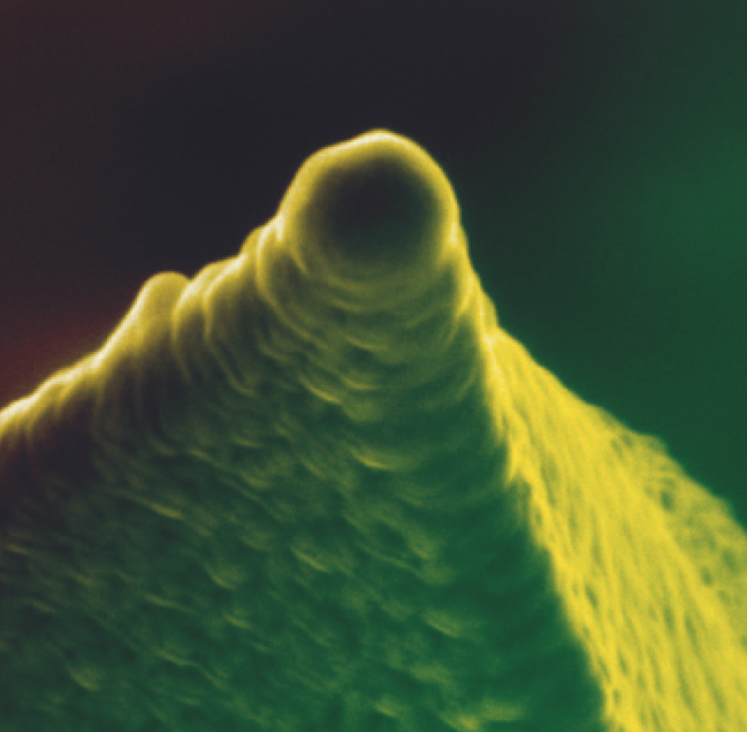
"Enhancing Raman signals with an interferometrically controlled AFM tip" got on the cover of Nanotechnology magazine.
[ Nanotechnology ]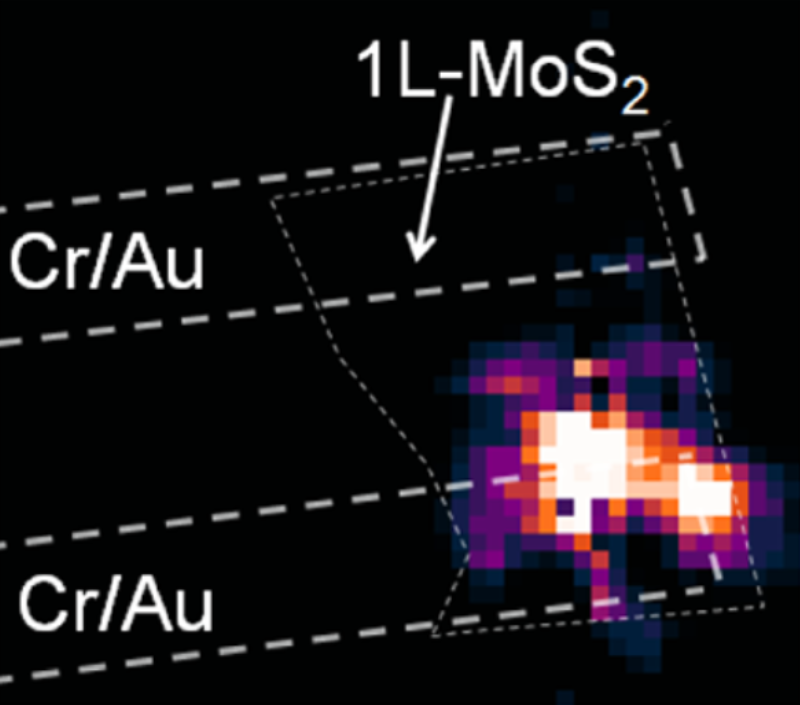
Physics World covered our research on electroluminescence of MoS2 layers
[ Physics World ]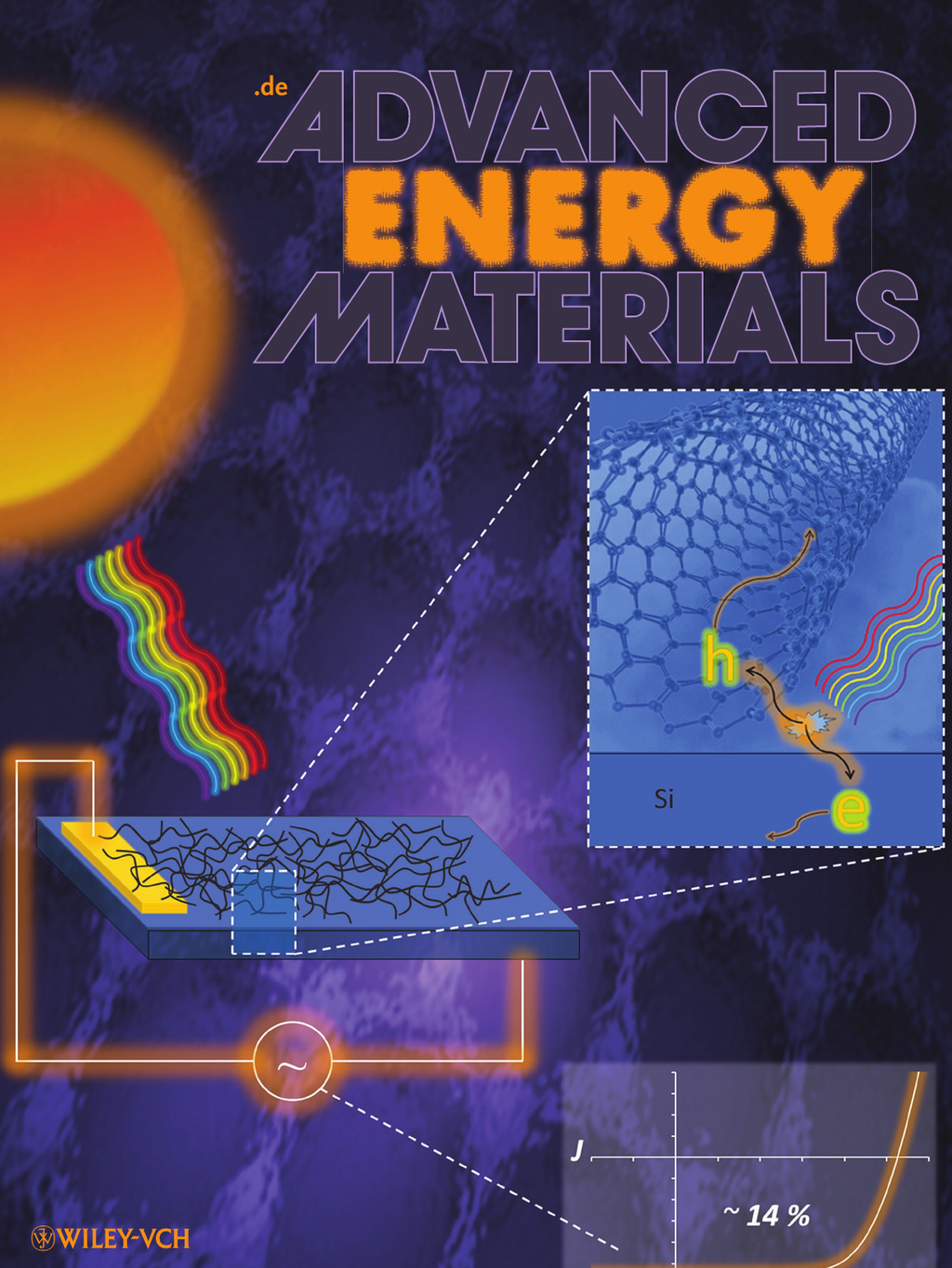
"Carbon Nanotube-Silicon Solar Cells" got on the cover of Advanced Energy Materials.
[ Advanced Energy Materials ]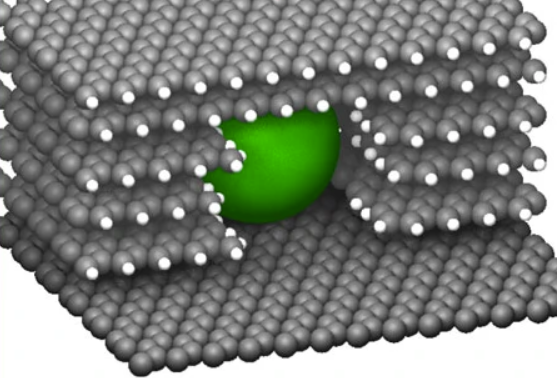
The Frankfurter Allgemeine Zeitung covered our research on nanoparticles etching tunnels into graphite.
Further Press Coverage
